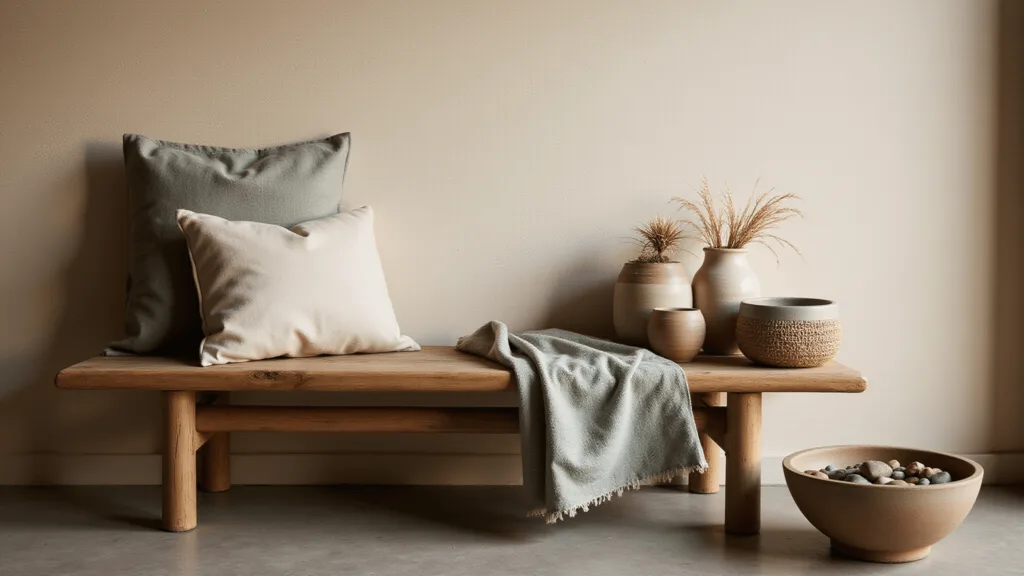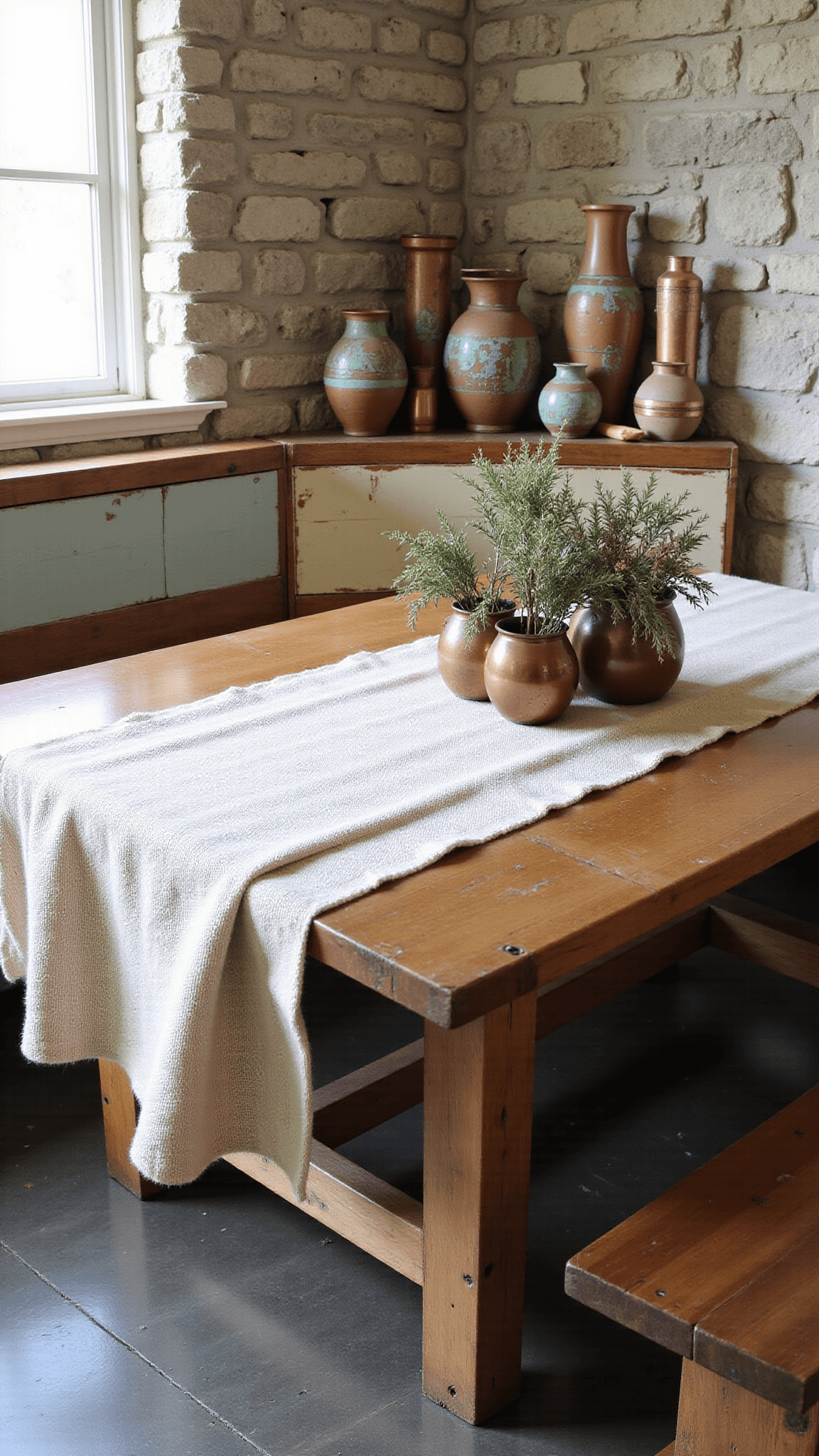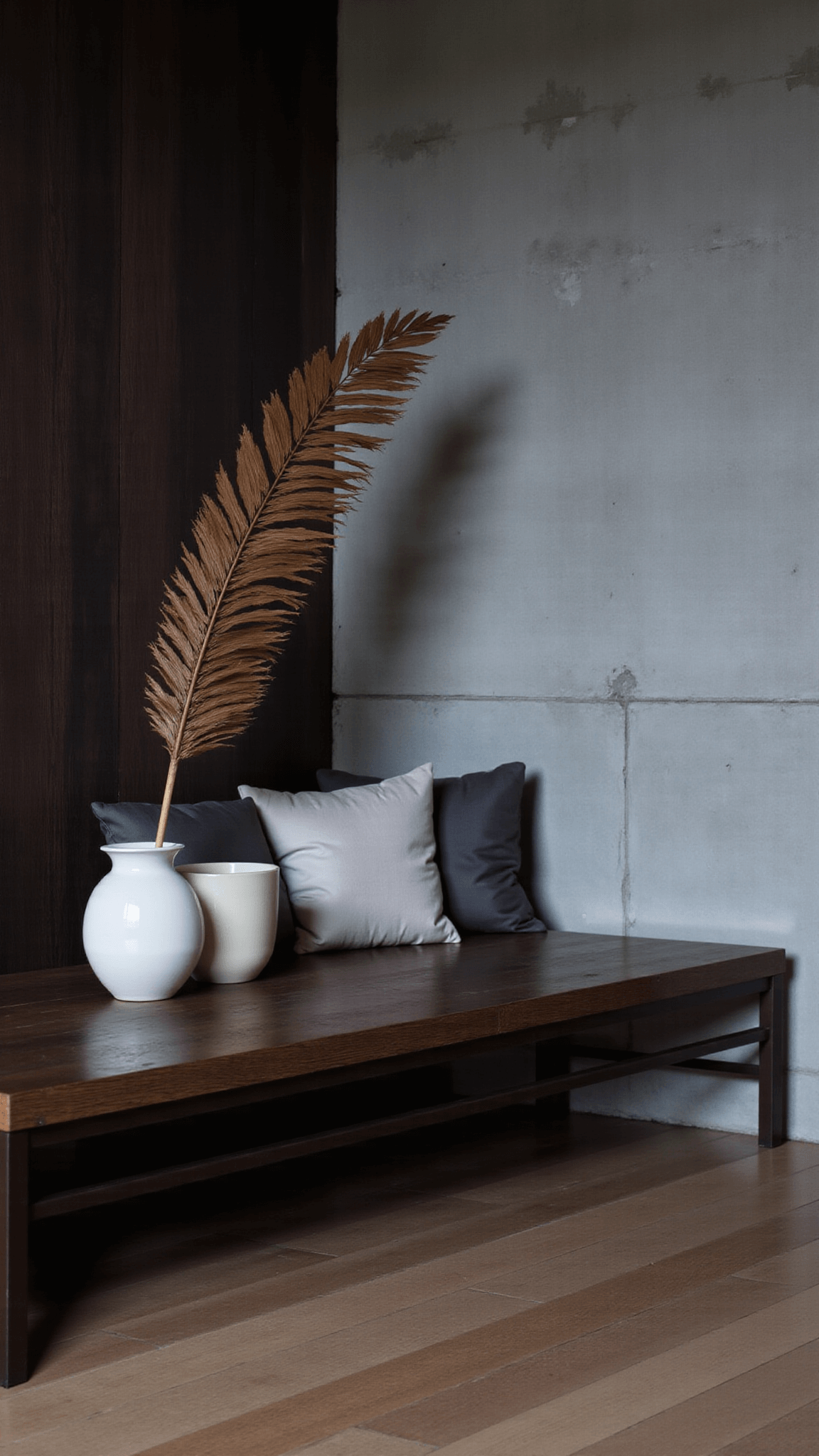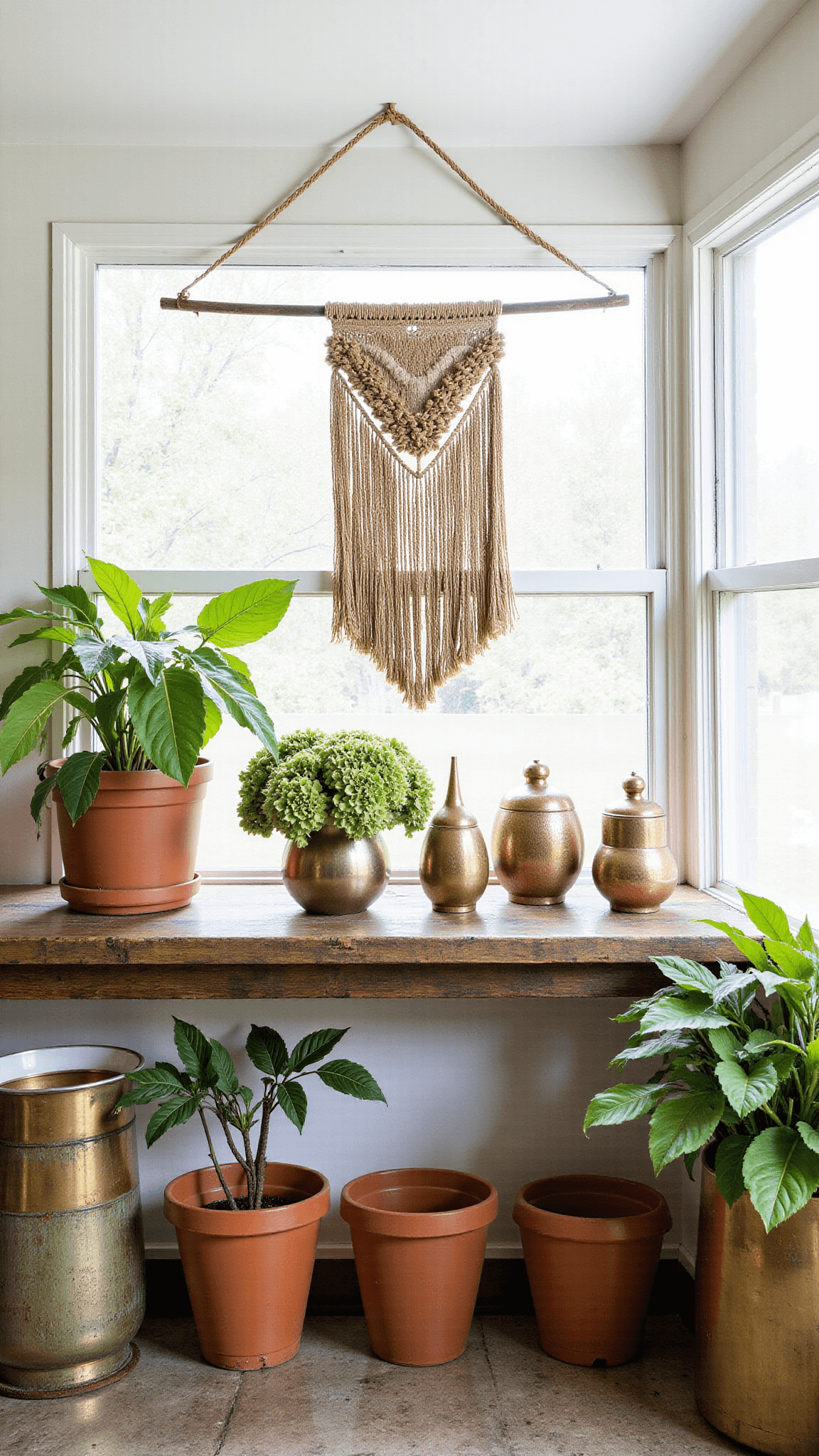Wabi-Sabi Bench Decor: Embracing Imperfect Beauty in Home Design
Imagine transforming your living space into a sanctuary of raw, authentic beauty that whispers stories of time and nature.
Today, I’m diving deep into the art of Wabi-Sabi bench decor – a design philosophy that celebrates imperfection, simplicity, and the profound beauty of natural aging.

Understanding Wabi-Sabi: More Than Just a Design Trend
Wabi-Sabi isn’t just a style; it’s a profound Japanese aesthetic that teaches us to find extraordinary beauty in the ordinary and imperfect.
Key Characteristics:
- Embraces natural wear and tear
- Celebrates asymmetry and simplicity
- Honors the beauty of aging materials
- Focuses on authenticity over perfection
Essential Elements of Wabi-Sabi Bench Styling
Choosing Your Bench: The Heart of the Design
What Makes a Perfect Wabi-Sabi Bench?
- Handcrafted wooden surfaces
- Natural wood grain visible
- Slight imperfections or weathering
- Materials that tell a story
Color Palette: Earthy and Understated
Recommended Colors:
- Soft browns
- Muted greens
- Stone grays
- Moss tones
Styling Your Bench: A Step-by-Step Guide
1. Natural Prop Selection
Must-Have Organic Elements:
- Smooth river stones
- Dried branches
- Ceramic handmade vessels
- Linen or wool textiles
2. Lighting Matters
Lighting Tips:
- Prioritize natural light
- Use soft, diffused illumination
- Avoid harsh shadows
- Capture golden hour magic
3. Composition Techniques
Photography Principles:
- Rule of thirds
- Negative space appreciation
- Focus on textures
- Maintain minimalist approach
Budget-Friendly Wabi-Sabi Decor Hacks
Budget Range: $500-$1,500
Cost-Effective Strategies:
- Collect natural props from outdoors
- Use existing wooden furniture
- DIY aging techniques for props
- Thrift store hunting for unique pieces
Common Mistakes to Avoid
Wabi-Sabi Styling Pitfalls:
- Over-styling
- Using too many manufactured items
- Ignoring natural textures
- Forcing perfection
Technical Photography Tips
Camera Settings:
- Use RAW format
- ISO 100 for minimal noise
- Soft natural lighting
- Manual focus on textures
Seasonal Adaptations
Seasonal Wabi-Sabi Touches:
- Spring: Fresh green branches
- Summer: Light, airy textiles
- Autumn: Dried leaves and warm tones
- Winter: Minimalist stone arrangements
Final Thoughts: Embracing Imperfection
Wabi-Sabi is more than a design trend – it’s a philosophy of finding beauty in life’s natural progression.
Your bench isn’t just furniture; it’s a storyteller, capturing moments of quiet elegance and timeless charm.
Pro Tip: Always remember, in Wabi-Sabi, less is truly more.
Quick Reference Guide
- Style Difficulty: Medium
- Total Project Time: 2-3 hours
- Ideal Space: 8×10 feet
- Best Shooting Time: Early morning/Late afternoon
Happy styling, design enthusiasts! 🍃🪑✨













